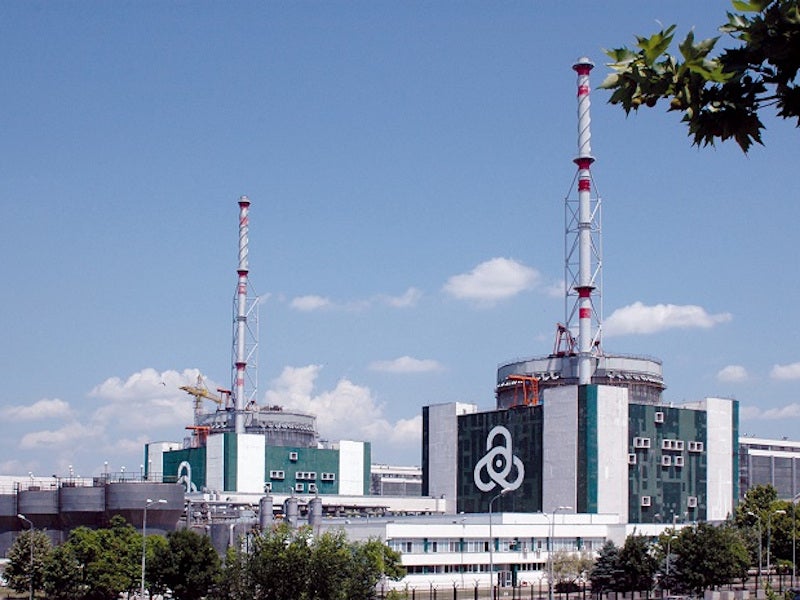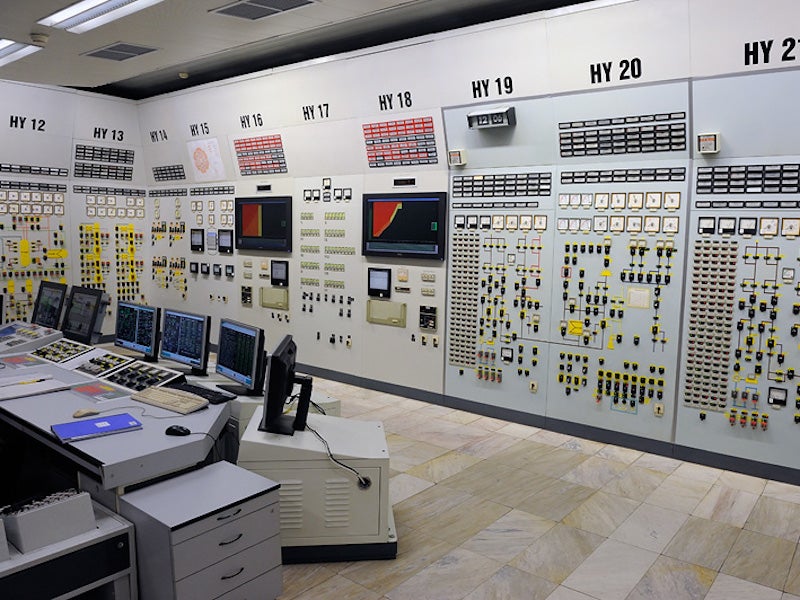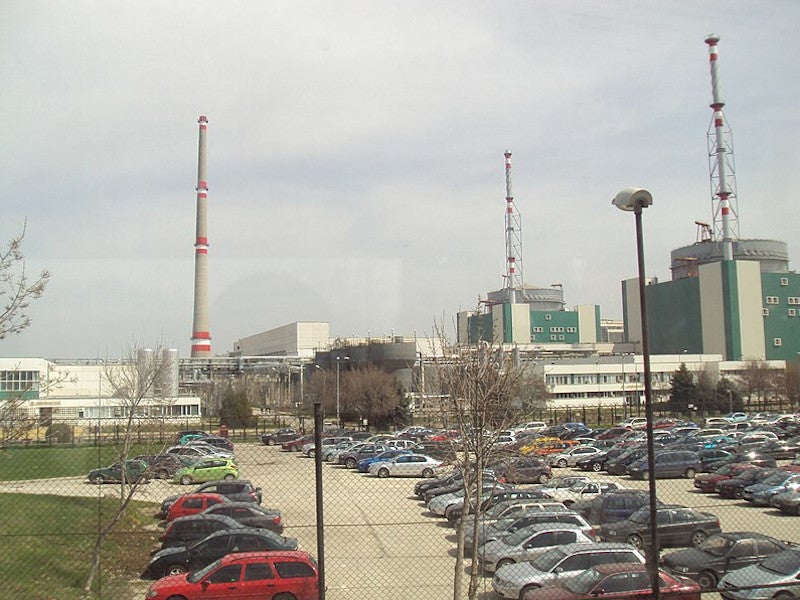The Kozloduy nuclear power station located near Vratsa is the only nuclear power plant operating in Bulgaria.
Owned and operated by Kozloduy NPP, a subsidiary of state-owned Bulgarian Energy Holding (BEH), the country’s sole nuclear power facility has been producing electricity since 1974.
Four 440MW units of the total six Soviet-made reactor units at the site have been permanently shut down, while units five and six with a total installed capacity of 2GW are currently operational and supplying approximately one-third of the country’s electricity.
The two latest units at the site are being upgraded and modernised to extend their operational lives by 30 years each.
Kozloduy NPP invested approximately £209m ($264m) to upgrade the two ageing 1GW reactors as of the end of 2019.
Following upgrade and modernization, unit five is expected to operate safely until 2047, while unit six can operate safely until 2051.
The operational licenses for Kozloduy five and six were renewed for 10 years each by Bulgaria’s Nuclear Regulatory Agency (NRA) until 2027 and 2029, in 2017 and 2019 respectively.
Location and site details
The Kozloduy nuclear power station is located on a 1,00ha-site on the bank of Danube River near the border with Romania, approximately 200km north of Sofia and 5km east of Kozloduy.
Kozloduy NPP units five and six
The fifth and sixth units of the nuclear power station consist of a VVER-V 320 type pressurised water reactor unit with an individual gross electrical capacity of 1,000MW each. The units were commissioned in 1987 and 1991 respectively.
Each unit is equipped with a K-1000/6015002 steam turbine generator and a TBB-1000-4UZ electrical generator.
The upgrade to the two latest units at the site includes the modernization of turbo generators, information and control systems, safety parameter display system, emergency operator procedures (EOP), full-scope simulator, as well as the reactor control and protection systems.
Kozloduy nuclear power station background
The construction of the Kozloduy nuclear power station was started in July 1966 through an agreement between Bulgaria and the former Soviet Union.
The 3.7GW power station was developed in three stages with each stage involving two VVER Soviet-made pressurised water reactor (PWR) units.
Units one and two were commissioned in 1974 and 1975, followed by the commissioning of two more 440MW identically designed reactor units in 1980 and 1982, in stage two.
The stage three expansion of the nuclear power station involved the commissioning of two 1GW reactor units in 1987 and 1991 respectively.
Units one and two were shut down in 2004, while units three and four were taken off in 2007 due to the nuclear safety concern, as a prerequisite to Bulgaria’s attainment of membership in the European Union (EU).
The studies for units five and six modernization were initiated in 2012.
Contractors involved
Rusatom Service, a subsidiary of Rosatom, was awarded a contract for the modernization of neutron-flux monitoring equipment for units five and six of the Kozloduy in March 2020.
In December 2019, TVEL Fuel Company, another subsidiary of Rosatom, was contracted to supply nuclear fuel to the Kozloduy NPP until 2025.
Westinghouse Electric Company, in January 2020, received a contract to migrate the Ovation platform-based information and control systems of units five and six to its latest standard.
Rusatom Service also completed a feasibility study for the life expansion of unit six in July 2018, under a contract awarded in January 2016.
A consortium of Rosenergoatom Concern and EDF was engaged to perform a comprehensive assessment and evaluation of the remaining lifespan of equipment and structures of units five and six during 2012 and 2014.
The Rosatom-EDF consortium was contracted to conduct a feasibility study for the life expansion of unit six in September 2014.
Areva received a contract for services of safety instrumentation and control (I&C) and electrical systems for the Kozloduy NPP units five and six in June 2014.





